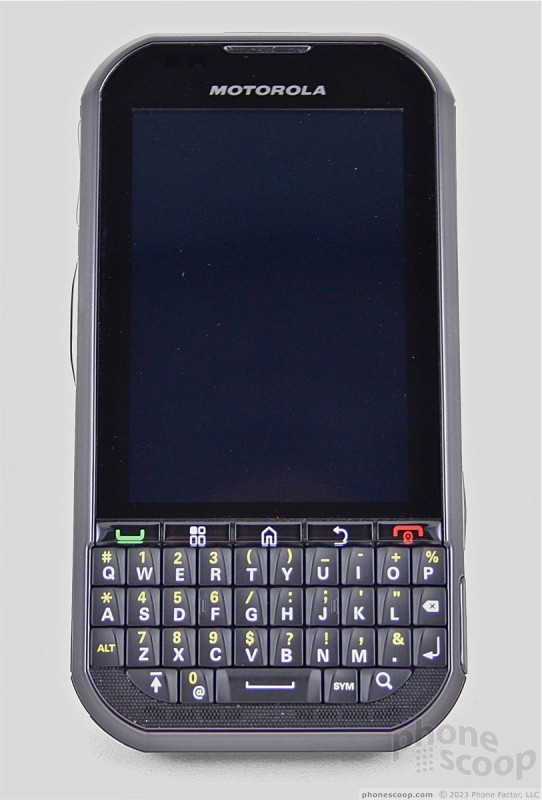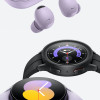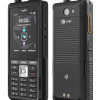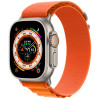Review: Motorola Titanium
The Motorola Titanium is a semi-ruggedized Android device that has appealing looks and a reasonably good set of features. It is solid in the hand and is nice and light without feeling cheap. Overall it feels good. There's a soft-touch paint job on the back that makes the Titanium feel grippy. It's one of Motorola's more pedestrian designs. Its size presents no problems for a pocket, but the sticky edges and battery cover make it tricky to slide in and out of a pocket.
The front of the Titanium has a 3.1-inch touchscreen and directly below the screen are five physical buttons: Send, Menu, Home, Back, End/Power. It's nice to have physical buttons, including dedicated phone buttons. They are useful if you want to quickly jump to the phone application. The travel and feedback of these keys is quite good, though a few of you may miss the Search key found in this group on most Android handsets.
The Titanium's keyboard is a bit scrunched. It's a four-row design and the keys are packed tightly together, like a BlackBerry's. The surface of each key is angled slightly, with half angled to the left, and half angled to the right for better access by your thumbs. The bottom row includes a dedicated @ key, space bar, SYM key and, surprise!, the search key. Thankfully, there is also a dedicated period button. The travel and feedback of the keys is quite good. Overall, I give the keyboard high marks for usability (once you adjust to the small size).
On the top left side of the Titanium there is a volume toggle. It's a little on the small side and not raised up terribly high from the surface of the phone. This could be problematic if you're wearing gloves. The action of the volume toggle is a bit weak and it makes a cheap, plasticky sound when depressed.
Below that is the large direct connect button used for push-to-talk calls. It is easily found even if you are wearing gloves. It has excellent travel and feedback, with a clearly defined "click."
On the right side we have the microUSB port hiding under a rubber flap and above that is a two-stage camera key. The camera key works quite well. Both stages are clearly defined for focusing and shooting a picture.
The screen lock key is placed on the top edge of the Titanium. It can be found and used easily, though travel and feedback are a bit weak. There also is a rubber hatch covering the headset jack, which has been improved to 3.5mm. This means it will work with most regular stereo headphones. Last, there's a speakerphone key on top. It feels exactly like the lock key does.
The battery cover is not locked in place like on the i1. Instead, it requires a bit of prying with the fingernail, but comes loose eventually and exposes the entire back chassis. Once you get that off, the battery is easily removed, as is the SIM card and microSD card. The card can be removed while the phone is on, so hot swapping is possible and that's always nice.












 Samsung Upgrades its Wearables
Samsung Upgrades its Wearables
 iPhone 14 Plus Offers a Big Screen For Less
iPhone 14 Plus Offers a Big Screen For Less
 iPhone 15 Series Goes All-In on USB-C and Dynamic Island
iPhone 15 Series Goes All-In on USB-C and Dynamic Island
 Sonim XP5plus Emulates Traditional Two-Way Radios
Sonim XP5plus Emulates Traditional Two-Way Radios
 Apple Watch Goes Ultra
Apple Watch Goes Ultra
 Motorola Titanium
Motorola Titanium




